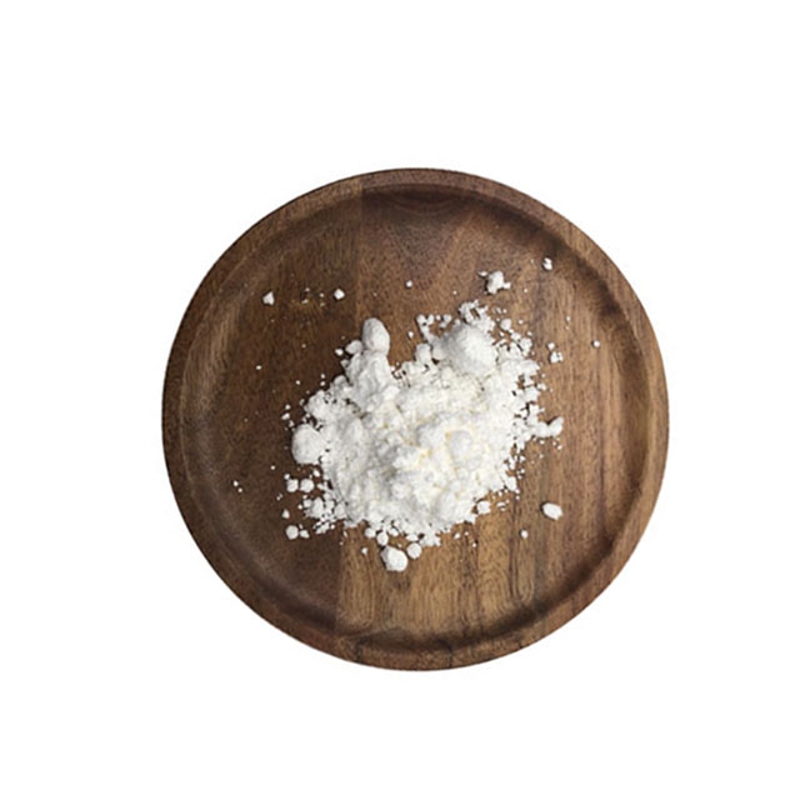-
Categories
-
Pharmaceutical Intermediates
-
Active Pharmaceutical Ingredients
-
Food Additives
- Industrial Coatings
- Agrochemicals
- Dyes and Pigments
- Surfactant
- Flavors and Fragrances
- Chemical Reagents
- Catalyst and Auxiliary
- Natural Products
- Inorganic Chemistry
-
Organic Chemistry
-
Biochemical Engineering
- Analytical Chemistry
- Cosmetic Ingredient
-
Pharmaceutical Intermediates
Promotion
ECHEMI Mall
Wholesale
Weekly Price
Exhibition
News
-
Trade Service
In recent times, several outbreaks of highly pathogenic avian influenza have aroused widespread concern worldwide.
then, what is the situation of avian influenza in China? On November 20, Nature Communications published online the latest research results of the Influenza Research and Early Warning Center of the Chinese Academy of Sciences (hereinafter referred to as the Influenza Center), Dominant subtype switch in avian influenza viruses time 2016-2019 in China.
according to the influenza center's monitoring and analysis of avian influenza virus in China from 2014 to 2019, H9N2 has now replaced H5N6 and H7N9 as the dominant avian influenza virus subtype in chicken and duck flocks in China.
the threat of H9N2 subtypes to chickens and ducks is gradually on the rise, it is known that since 2014, the influenza center continued to carry out China's live poultry market and the main wild bird migration routes of avian influenza virus mutation and transmission dynamics of research.
the study continued the surveillance and early warning of avian influenza viruses by the Influenza Center from 2014 to 2016, and conducted avian influenza virus detection and genetic evolution studies on 16,091 samples from 23 provinces, autonomous regions and municipalities in China from June 2016 to February 2019.
study found that the positive rate of avian influenza virus has dropped to 12.73 percent since 2016, compared with 26.90 percent in 2014-16.
shows that China's comprehensive prevention and control measures against avian influenza virus (such as the live poultry market "1110" policy and poultry immunization, etc.) have played a role in the prevention and control of avian influenza.
the prevalence and distribution of avian influenza virus in China from 2016 to 2019 compared with 2014 to 2016, the positive rate of avian influenza virus decreased significantly from 2016 to 2019; The H9N2 influenza virus has become an dominant epidemic virus in chickens and ducks.
study was carried out by 22 network partners of the Influenza Center Monitoring Network under the guidance of Gao Fu, a member of the Chinese Academy of Sciences and director of the Influenza Center.
based on the results of the study, the current avian influenza virus epidemic situation in China can be summarized as several points: 1, H9N2 subtype has replaced H5N6 and H7N9 as the dominant virus subtype in chickens and ducks.
according to the survey data of the School of Veterinary Medicine of South China Agricultural University, in 2012-2016, 23 H9N2 viruses were isolated in poultry in China, 22 of which belonged to 9.4.2.5 branches, and only 1 strain isolated in 2012 belonged to 9.2.4.6 branches.
2, some new re-matching viruses such as H7N3 (H7N9 highly pathogenic avian influenza virus and HxN3 low pathogenic avian influenza virus re-matching), H9N9 (H9N2 and H7N9) Virus re-matching), H9N6 (H9N2 and HxN6 virus re-matching) and H5N6 mutants (mutations in multiple antigens of HA) appear and spread in poultry, endangering the healthy development of poultry farming.
3, almost all H9Ny, some H7N9 and H6N2 strains, most H7N3 strains are partial or have human-sourced lipoly (alpha2-6-SA) binding force, suggesting that the risk of these avian influenza virus infections is increasing.
the study warned of the dangers of new variants and matching viruses to poultry and human health, emphasized the need for continuous proactive warning of viruses such as avian influenza, and was of great significance to the formulation of avian influenza prevention and control strategies in China.
should pay close attention to the waterfowl-sourced avian influenza virus Although the threat of H9N2 to the poultry industry continues to increase, the threat to the industry from highly pathogenic strains such as H5 and H7 should not be relaxed.
According to Professor Bi Yingzo, a professor at South China Agricultural University, at the 2020 National Chicken Forum, the prevalence of highly pathogenic avian influenza in poultry in some parts of China has changed in recent years: the proportion of H5N6 isolated from poultry has decreased and the proportion of H7N9 has increased.
poultry disease from the south to the north, egg chicken, white feather broiler chicken is more prone to disease.
, especially ducks, remain the main host of H5N6 subtype avian influenza infections.
45% of the H5 subtype of avian influenza virus will still come from waterfowl by 2020.
the separation rate of H7N9 strains in waterfowl sources is also increasing, we should pay close attention to the pathogenicity of waterfowl source H7N9.
main endemic strains of H5 subtype avian influenza in poultry in China are mainly concentrated in the 2.3.4.4d branch; Some of the current endemic strains have a genetic distance from the Re-11 vaccine strain.
2.3.2.1d, represented by H5N1, is distributed in some parts of the country, with fewer isolated strains and a large branch of the Re-12 vaccine strain.
addition, according to WHO data, the Yangtze River Delta branch will still be the main popular branch of the domestic H7 sub-type in 2020.
the difference between the endemic strain and the vaccine strain HA protein, there was a significant antigen offset.
prevention and control, Professor Bi Yingzo said that biosecurity, disease surveillance and culling, full access, control of the movement of people, strict disinfection and isolation is still the gold standard for disease prevention and control.
do a good job of biosecurity, we also need to do a good job of vaccine immunization, focusing on H5 vaccine.
is to continuously monitor the protection effect of 2.3.4.4.4d branch vaccine strains against new epidemic strains; The second is to assess the need for 2.3.2.1d branch vaccine immunization.
comprehensive: new poultry situation, microbiological research institute, copyright to the original author, pay tribute to the original author! If involved in infringement please contact delete.
。







